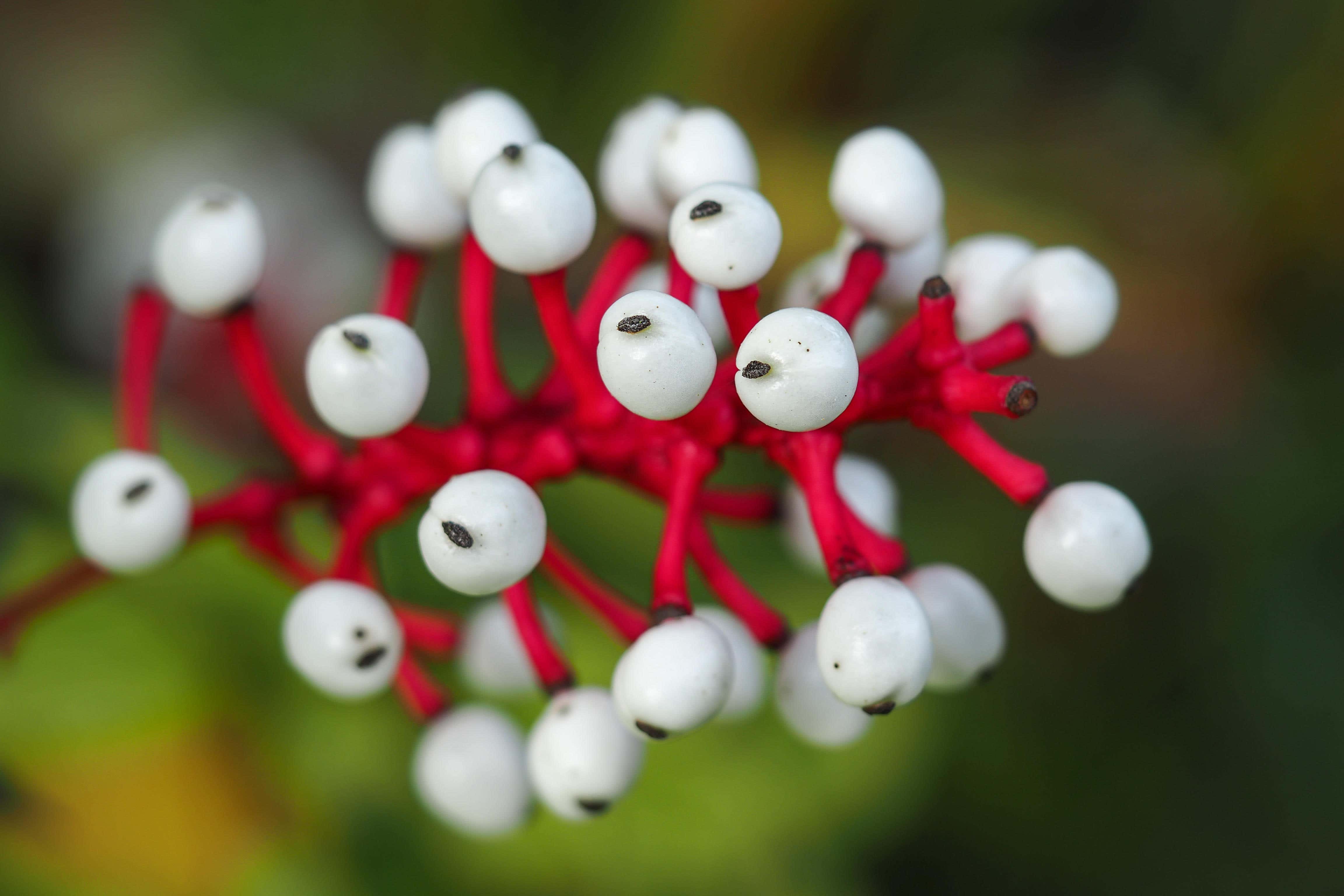The spookiest plants for Halloween
Spiky, prickly and smelly create the best ghoulish atmosphere inside and out.

Your support helps us to tell the story
From reproductive rights to climate change to Big Tech, The Independent is on the ground when the story is developing. Whether it's investigating the financials of Elon Musk's pro-Trump PAC or producing our latest documentary, 'The A Word', which shines a light on the American women fighting for reproductive rights, we know how important it is to parse out the facts from the messaging.
At such a critical moment in US history, we need reporters on the ground. Your donation allows us to keep sending journalists to speak to both sides of the story.
The Independent is trusted by Americans across the entire political spectrum. And unlike many other quality news outlets, we choose not to lock Americans out of our reporting and analysis with paywalls. We believe quality journalism should be available to everyone, paid for by those who can afford it.
Your support makes all the difference.For those who want more scary additions in a Halloween scene than just a carved pumpkin lantern, there are plenty of plants to display in your home and grow your garden that will add a ghoulish touch.
From twisted stems and berries that look like eyes, to houseplants which move and others that look like ghostly strands of grey hair, it’s easy to create a spooky scene with flora and fauna.
For the garden
1. Doll’s eyes (Actaea pachypoda)
It’s the white berries with black eyes on red stalks that creates the scary element to this perennial, also known as ‘doll’s eyes’ or white baneberry. The berries not only look sinister but they are also poisonous, so don’t let anyone put them in their mouth.
2. Eryngium giganteum
There are varieties of this thistle-like specimen which are aptly named ‘Miss Willmott’s Ghost’ and ‘Silver Ghost’, thanks to its spiky, spooky silver bracts around a conical seedhead which bleaches in tone around Halloween. It stands out at dusk and in the moonlight, as a skeleton-like specimen. It also dries well so you might want to bring it indoors to add to an eerie display.
3. Dead man’s fingers (Decaisnea fargesii)
Leave the bean pods on this shrub and they turn a startling shade of blue just in time for Halloween, hanging eerily from the branches of this pea plant relative. And you probably won’t want to eat the pods or their seeds, which are surrounded by an unappetising gelatinous pulp filled with small black seeds.
4. Corkscrew hazel (Corylus avellana ‘Contorta’)
The strangely twisted branches will appear when the leaves fall from this deciduous shrub in autumn, giving a witch-like aura and the bizarrely contorted stems will remain that way throughout winter, producing dangling green-yellow catkins when it is dormant, until new leaves emerge in spring. Cut some of the stems for a twisty display indoors.
5. Pyracantha ‘Orange glow’
The spikes on this vigorous, bushy shrub will not only deter unwanted visitors, but the bright orange berries on glossy bright green leaves also create a Halloween hue to any garden. It’s easy to grow in sun or partial shade and will give you more subtle colour in summer when clusters of small white flowers appear. And it comes back year after year with those eye-popping berries.
For indoors
1. Air plant
These weird plants that don’t need soil to survive hang down like strands of hair from shelves, giving a cobweb-like effect and making the hairs stand up on the back of your neck if you brush past them.
2. Touch-me-not plant (Mimosa pudica)
Touch the feathery leaves of this sensitive plant and they will fold up, which is their way of dissuading anyone to touch them. It is believed that the plant, which is native to central and south America, uses this as a defence mechanism against being eaten by herbivores. If you are going to display them at Halloween, pop them into a humid environment such as a bathroom, where they will fare best and where visitors who dare to handle the leaves may get a scary surprise.
3. Brain cactus (Celosia cristata)
Spooky Halloween displays may be enhanced by pots of brain cactus dotted around the living area, which like their name suggests, look like a human brain, but they do come in a variety of colours. It’s an easy-maintenance houseplant, requiring little watering and needing direct sunlight producing stems which twist around each other – ideal in a skull-shaped planter.
4. Snake plant (sansevieria)
Upright, spiky and definitely uninviting, snake plants remain a popular addition to homes because they are pretty difficult to kill. It comes in many different guises, in variegating colours with sword-like leaves, and although they may look a bit grisly, in fact they filter airborne toxins from your home.
5. Carrion flower
The stench of rotting meat will fill the air when the flowers of this plant open in late summer or early autumn. Of course, the smell is the South African plant’s way of attracting flies, which are its chosen pollinators. Keep this quick-growing spiky succulent at home, planted in well-drained substrate with plenty of added perlite or grit. And get visitors to take a sniff to freak them out.